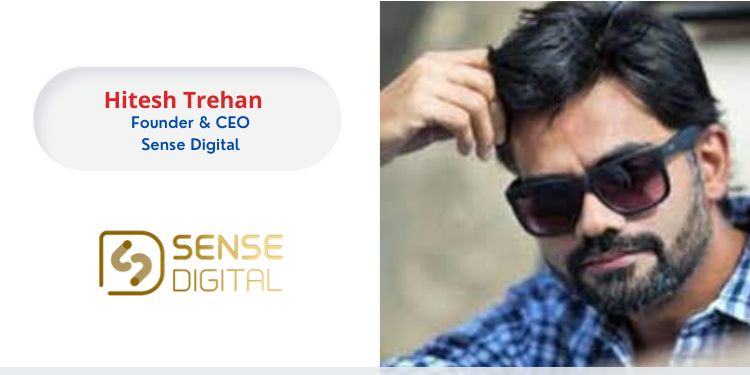With rapidly increasing digital space, organizations are finding it necessary to indulge performance marketing in their marketing strategy for reaching their target audience, ideating campaigns, generating better leads and tracking ROI. Having a digital presence is now crucial for every industry and sector to endure through vigorous digitization and urbanization. BFSI (Banking, Financial Services, and Insurance) sector is rapidly using the concepts of performance marketing to add value to the ways of doing business and to retain its importance as a top contributor to the Indian economy.
BFSI sector was previously supersaturated with traditional media, however, with the changing customer demands, they have managed to implement digital marketing to cater to simplicity, convenience and digital presence.
Intrinsic role of performance marketing in the BFSI industry
Due to the specific niche, it holds, the BFSI sector faced challenges to move on from the traditional methods. However, organizations took action, mitigated risks, and analyzed the markets and outcomes to make performance marketing work for them. The common implementation of this strategy was to increase the efficiency of the advertisements and to experience performance-driven outcomes. The tactics then moved to measure Cost per Click (CPC), Cost per Sale (CPS), Cost per impression (CPM), Cost per lead (CPL), and Cost per acquisition (CPA) to trace their advertisement cost under the gist of performance marketing.
Performance marketing is now used more as a creative and effective method to diversify the audience, expand the reach and capture valuable information to make efficient data-driven decisions.
Usage of performance marketing channels is becoming a norm and selection of the digital marketing strategies such as banners, native, content, social media, and Search Engine Optimization (SEO) depends on the analytical response of the target audience on different platforms. Analyzing the campaign data is easier with performance marketing, which also allows the enterprises to see how their ad is working and then optimize the advertisement spend consequently.
Enhancing customer experience (CX) by going completely digital
Banks recognized that millennials tend to prefer digital banking in the comfort of their homes instead of visiting branches and facing the hassle. According to a survey of YouGov, 30% of the young customers switch to neo-banks to enjoy the perks like zero-balance provision and stress-free online tractions. So, banks preferred to target these customers on social media as they spend most of their time online and the ads are more effective as millennials are already comfortable making online transactions. Also, to sync with a larger audience BFSI organizations initiated a ‘user-first’ approach. It includes going ‘omnichannel’ to offer a seamless experience to their customers across various touch-points. In the essence of rapidly changing business environments, performance marketing strategies need to be superior in order to get better customer acquisitions and loyalty.
Agents and brokers are connecting the prospective customers through video bots in order to cater to their queries. Customers can ask questions, send individual proposals, seek appointments and facilitate online transactions through these bots. In addition, the enterprises used the process of ASO (App Store Optimization) to increase the installation rate. As the pandemic also accelerated the digital agendas of the insurance firms, they understood that the customers need one-click insurance purchase, 24/7 availability, and quick delivery of relevant information. Going completely digital has proved to be profitable for insurers. Mckinsey & Company echoed in a research report that automation reduced 30% cost of the claim journey, which facilitates earnings and enhance revenue-building opportunities. Also, the insurance firms are meeting the digital desires of the customers such as low-cost, transparent and high-quality services making them winners in the markets.
A roadmap for the future
According to Allied Market Research firm, the global digital transformation market in the BFSI market is to reach $164.08 billion by 2027 at a CAGR of 15.4%. Therefore, provided that these digital and performance marketing trends sustain, the BFSI industry can anticipate the customer’s needs and measure their campaigns while devising new methods of customer engagement. Landing pages can be more optimized to lure the target customers with compelling value prepositions. CPC ads for the customers can be improved with personalized content and relevant keywords. Performance marketing gives firms to consider programmatic media buying, which can pinpoint them to their target customers with the right messaging at the right time and perfect location. Performance marketing also entails fewer risks, costs and efforts for the BFSI organizations as they launch fewer ineffective campaigns, which improve their customer retention and profitability.
Article is authored by Hitesh Trehan, Founder & CEO, Sense Digital.
















